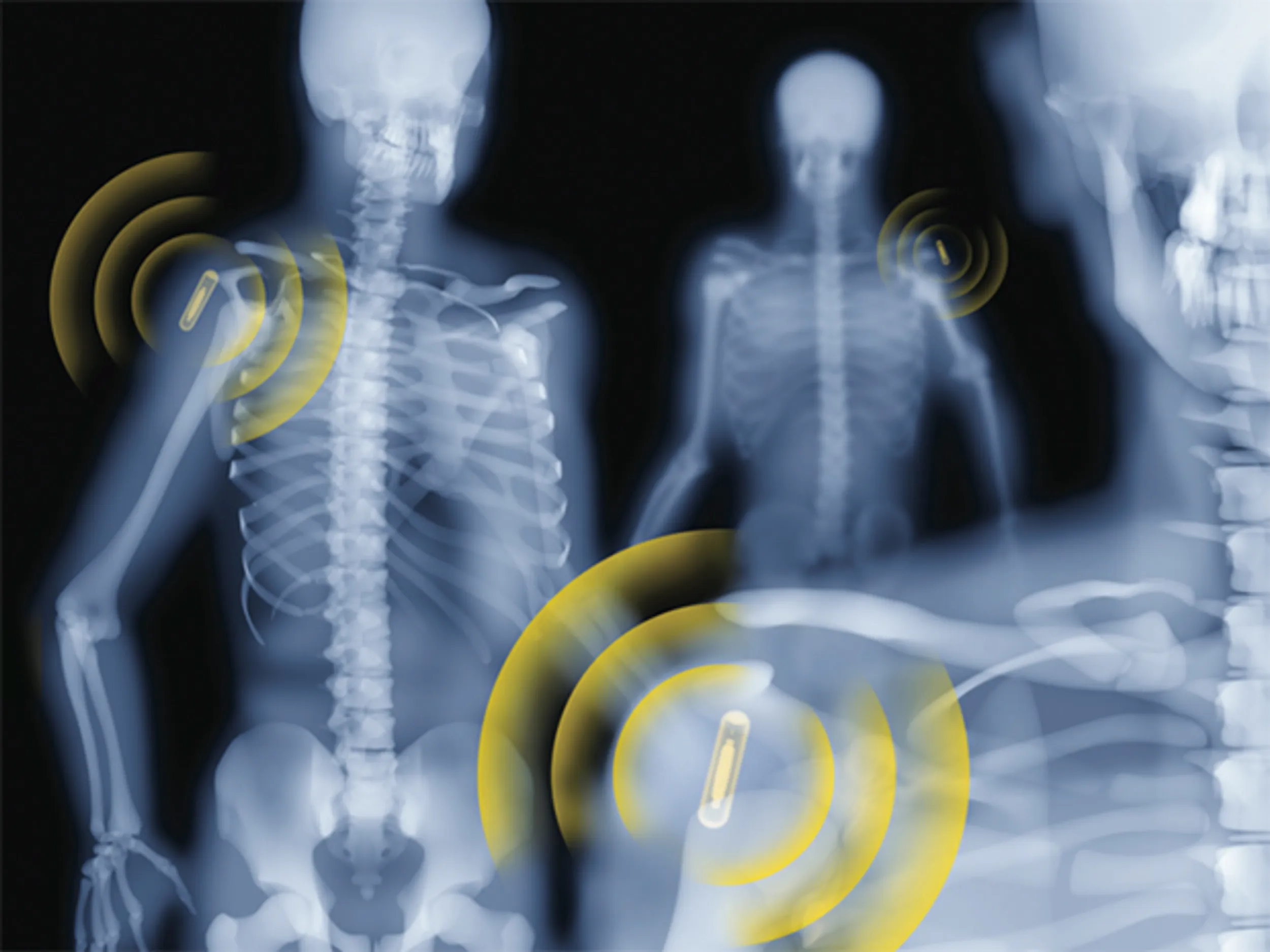
For years now there has been a discussion of having chips inside humans. I was presenting this idea twenty years ago, and often used the example of the Baja Beach Club.
The idea made sense: get a club chip inserted under the skin and you need no wallet or phone … just dance. It particularly made sense as most of the people at the club were wearing swimming trunks and bikinis … who wants a handbag or wallet?
However, it didn’t really take off but was a good gimmick.
Then I thought about it again five years ago when, in Sweden, a colleague was telling me about the chips inside programme rolled out by the government. He a chip in his hand that could work with all the transport systems and many retailers, in the same way as making a payment using a contactless card or phone.
It sounded great, but few people had signed up to the programme – after four years, only about 4,000 so far – because the main population are worried that the government would be able to track and trace them. That perspective was false, as the chips are passive and only send information when used at a terminal, but the perspective is there anyway.
That’s why it surprised me when I saw a European survey of consumers stating that 51% would consider have a chip implanted for making payments.
Really?
Maybe … as the report goes on to say that the “invasiveness and security issues remained a major concern” for most respondents.
So, would you have a chip inside to pay?
I am sceptical as we’ve moved past this stage, imho. We’ve moved to the stage where you can just use your face to pay.
That system has been around for five years now in China, and is far less invasive. Mind you, if you’re worried about governments tracking and tracing your movements, then facial recognition is fare more likely than having chips inserted under the skin.
I remember visiting China three years ago and losing my phone. I went to the security centre and asked if I had left it somewhere coming through customs, and they found my phone. I was very relieved but, as I stood there, could see their security screens tracking every person walking through the airports. Part of this is because you have to give a biometric check-in with fingerprints and face as you enter the airport, but then it makes you wonder how much wider this could go.
Every person is being tracked and traced biometrically whether they like it or not?
Or would you prefer a passive chip inside your hand?
Or would you prefer to be off the network completely?
It takes me back to a film from a quarter century ago – can it really be that long? – Enemy of the State https://en.wikipedia.org/wiki/Enemy_of_the_State_(film)
We are living in a world where your digital footprint can be tracked and traced whether you have a mobile telephone, social media account, chip inside or a face. Hmmm … in that case I’ll use my face to pay rather than my contactless hand.
Chris M Skinner
Chris Skinner is best known as an independent commentator on the financial markets through his blog, TheFinanser.com, as author of the bestselling book Digital Bank, and Chair of the European networking forum the Financial Services Club. He has been voted one of the most influential people in banking by The Financial Brand (as well as one of the best blogs), a FinTech Titan (Next Bank), one of the Fintech Leaders you need to follow (City AM, Deluxe and Jax Finance), as well as one of the Top 40 most influential people in financial technology by the Wall Street Journal's Financial News. To learn more click here...

